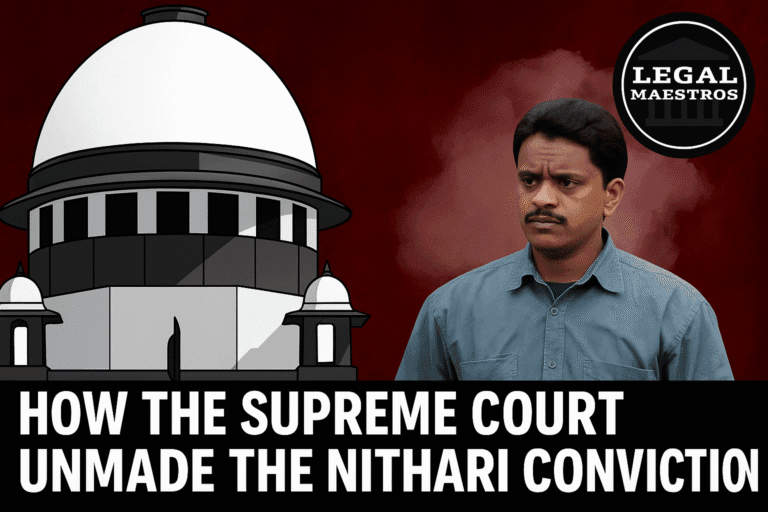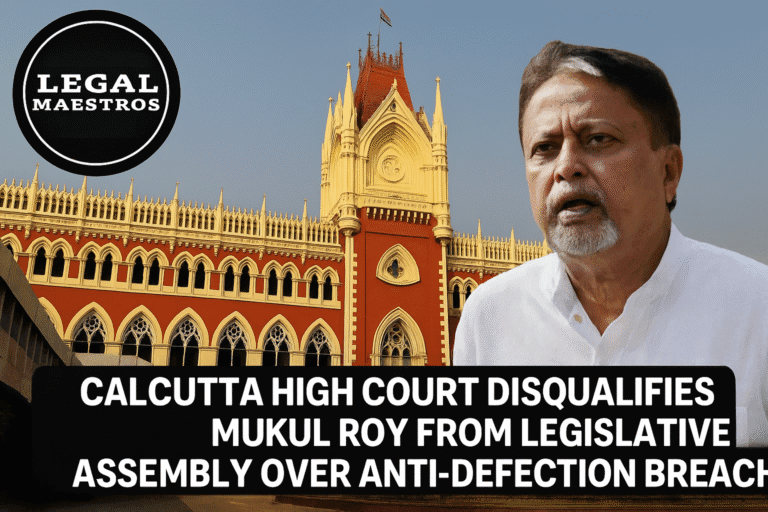
In a recent judgment given by justices PS Narsimha and Manoj Misra, the environmental regulators of the nation have been given significant powers to impose restitutionary and compensatory damages for environmental harm, which lie at the heart of environmental governance. The damages can be imposed in the form of fixed sum of monies or require furnishing of bank guarantees as an ex-ante measure to prevent potential environmental damage.
This ruling reinforced the principles of “polluter pays” and precautionary principles. Provisions under Water and Air Acts can be utilized to empower pollution control boards to impose these damages in lieu of preventing environmental damage and harm. The principle of “polluter pays” ensures that the polluters incur costs for managing pollution. The most famous case to display this principle is the Union Carbide Corporation v. Union of India, or popularly known as the Bhopal Gas Leak case. UCC had to pay huge damages for the loss they caused to the air, water, and soil of Bhopal due to the toxic gas leak.
High Court’s Ruling
In the case before a single judge bench, the Delhi Pollution Control Committee pursued action via show cause notices against certain entities for not obtaining the “consent to establish” and “consent to operate” under Water Act and Air Act respectively. These notices were challenged and the court considered the issue of whether the Pollution Control Boards can levy damages as a condition to grant consent under Water and Air Acts. The single judge bench concluded that the power to levy penalty can be exercised only when it is backed by an enabling statutory power, and no such power are granted by Water and Air Acts. This ruling was upheld by the Division Bench of the High Court, which clarified that the power to issue directions does not confer the power to levy any penalty. The power to impose penalty rests with the court.
For any queries or to publish an article or post or advertisement on our platform, do call at +91 6377460764 or email us at contact@legalmaestros.com.
Supreme Court’s Ruling
The Supreme Court analysed the judgments given by the High Court, and dove deep into the principles of “polluter pays”, the duty to restitute along with the power to penalise, and multiple case laws regarding these broad principles and their applicability in the Indian jurisprudence of environmental damages, fines, and enabling statutory power. Indian environmental law has assimilated the principle of “polluter pays” and incorporated it statutorily as well. The power of the Boards is equivalent to that of Section 5 of the Environment Protection Act, where the government has the power to issue directions to the polluting industry to pay certain amounts and utilise the said fund for carrying out remedial measures.
The SC overruled the ruling of the HC and opined that regulators in exercise of their powers residing under the Board can impose and collect, as restitutionary or compensatory damages, fixed sum of monies of require furnishing bank guarantees as an ex-ante measure towards potential or actual environmental damage. The SC read the Water and Air Acts broadly to inculcate the power to impose fines as well, despite the letter of the law not specifying it. The SC stated that the Water and Air Acts have to be read in light of the legal position of the “polluter pays” principle, which means that damages cannot be imposed for simply violating these Acts; but damages can be imposed when some environmental harm has been caused by the erring entity.
The SC also laid down guidelines for the Board and stated that the Rules provided in the ruling must create an enabling framework for citizens to file complaints about environmental damage. They emphasized upon public participation in environmental protection and their importance in climate change which threatens our very way of living.
For any queries or to publish an article or post or advertisement on our platform, do call at +91 6377460764 or email us at contact@legalmaestros.com.




![Research Assistantship @ Sahibnoor Singh Sindhu, [Remote; Stipend of Rs. 7.5k; Dec 2025 & Jan 2026]: Apply by Nov 14, 2025!](https://legalmaestros.com/wp-content/uploads/2025/11/Gemini_Generated_Image_s0k4u6s0k4u6s0k4-768x707.png)
![Karanjawala & Co Hiring Freshers for Legal Counsel [Immediate Joining; Full Time Position in Delhi]: Apply Now!](https://legalmaestros.com/wp-content/uploads/2025/11/Gemini_Generated_Image_52f8mg52f8mg52f8-768x711.png)